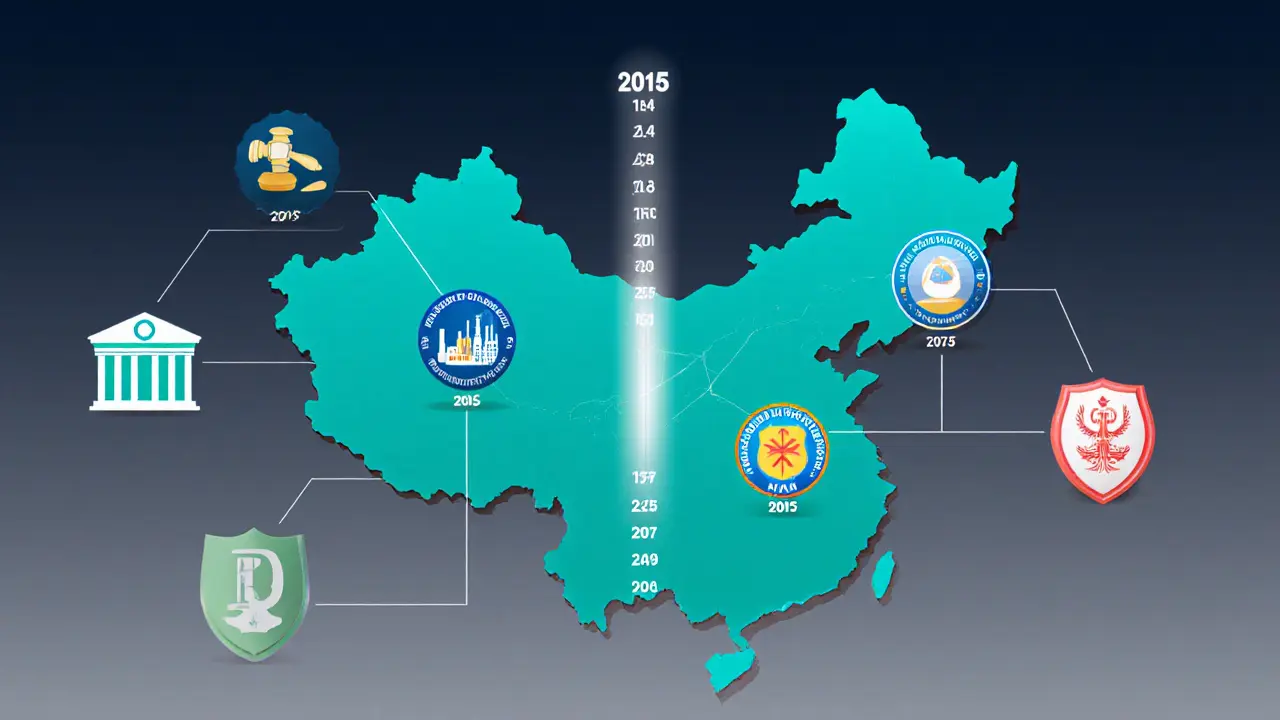Crypto Mining Restrictions: A Quick Overview
When talking about crypto mining restrictions, rules that limit or shape how digital coins are mined, often due to environmental, financial, or legal concerns, you’re really looking at the intersection of tech, law, and energy. Also called mining bans, these limits can appear as outright bans, caps on electricity use, or licensing hurdles. They affect everything from small home rigs to massive data‑center farms, and they’re why you’ll hear a lot about permits, carbon credits, and state‑level approvals.
The first related concept many run into is cryptocurrency mining, the process of solving cryptographic puzzles to add new blocks to a blockchain and earn rewards. Mining drives network security, but it also pulls huge amounts of power. That’s why energy consumption, the total electricity used by mining hardware during operation becomes a key factor in policy debates. Governments looking to curb carbon footprints often target high‑hashrate farms, linking crypto mining restrictions to environmental goals.
Why Regulations Matter
Regulatory compliance is the next big piece. When a jurisdiction imposes a regulatory compliance, a set of legal steps miners must follow to operate lawfully, miners need licenses, reporting tools, and sometimes proof of renewable energy use. The relationship is clear: crypto mining restrictions encompass regulatory compliance. Without meeting these rules, miners risk fines, forced shutdowns, or loss of reputation.
Another angle is the economic impact. Restrictions can shift hash power across borders, making some regions more attractive for mining. This creates a feedback loop where energy consumption drives restrictions, and the limits then shape where new mining facilities arise. The result is a constantly evolving map of profitable locations, influenced by tax incentives, grid capacity, and local climate.
In practice, miners often watch policy headlines as closely as market prices. A new ban in one country can cause a sudden drop in hash rate, pushing up difficulty worldwide. Conversely, a friendly licensing scheme can attract fresh investment and upgrade older equipment. This dynamic means that staying updated on crypto mining restrictions is essential for anyone serious about mining or investing in mining stocks.
Our collection below reflects this reality. You’ll find guides on licensing in the U.S., deep dives into how specific countries handle mining bans, and analysis of how energy‑heavy projects adapt to tighter rules. Whether you’re a hobbyist looking to set up a small rig, a business weighing a large‑scale operation, or an investor tracking policy‑driven price moves, the articles give you the practical context you need.
Ready to see how these rules play out across the globe? Scroll down to explore detailed posts that break down the latest licensing requirements, showcase real‑world examples of mining restrictions in action, and explain what they mean for your bottom line.

China’s Crypto Mining Ban: Laws, Restrictions & Impact
Apr 24, 2025, Posted by Ronan Caverly
An up‑to‑date look at China's crypto mining ban, covering legal status, enforcement agencies, reasons behind the crackdown, and its global impact.
MORESEARCH HERE
Categories
TAGS
- decentralized exchange
- crypto exchange review
- cryptocurrency
- crypto coin
- CoinMarketCap airdrop
- smart contracts
- tokenomics
- cryptocurrency exchange safety
- crypto exchange
- cryptocurrency airdrop
- crypto airdrop
- cryptocurrency exchange
- crypto airdrop guide
- blockchain token distribution
- DeFi
- crypto exchange scam
- crypto airdrop 2025
- Ethereum
- cross-chain interoperability
- ERC-20
